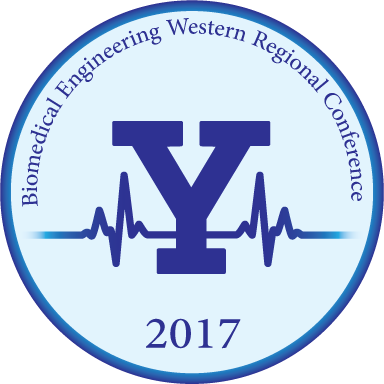Description
Antibody microarrays are biosensors that have the potential to revolutionize molecular detection in medicine, scientific research, and national defense. However, current microarrays are not widely used due to problems including poor reproducibility and signal quality, unbalanced antibody performance, and cross-reactivity. Prior work in the area focused mainly on the stability of the antibody alone and not its affinity for its antigen. This presentation shows results of using molecular simulation to determine how different types of surfaces affect antigen binding to surface-tethered antibodies. The results offer an unprecedented, molecular-level view into these protein-protein-surface interactions and how to drive binding to occur.
Included in
Biochemical and Biomolecular Engineering Commons, Biological Engineering Commons, Biomaterials Commons, Molecular, Cellular, and Tissue Engineering Commons, Thermodynamics Commons
Molecular Modeling of Antibody-antigen Binding near Solid Surfaces
Antibody microarrays are biosensors that have the potential to revolutionize molecular detection in medicine, scientific research, and national defense. However, current microarrays are not widely used due to problems including poor reproducibility and signal quality, unbalanced antibody performance, and cross-reactivity. Prior work in the area focused mainly on the stability of the antibody alone and not its affinity for its antigen. This presentation shows results of using molecular simulation to determine how different types of surfaces affect antigen binding to surface-tethered antibodies. The results offer an unprecedented, molecular-level view into these protein-protein-surface interactions and how to drive binding to occur.

